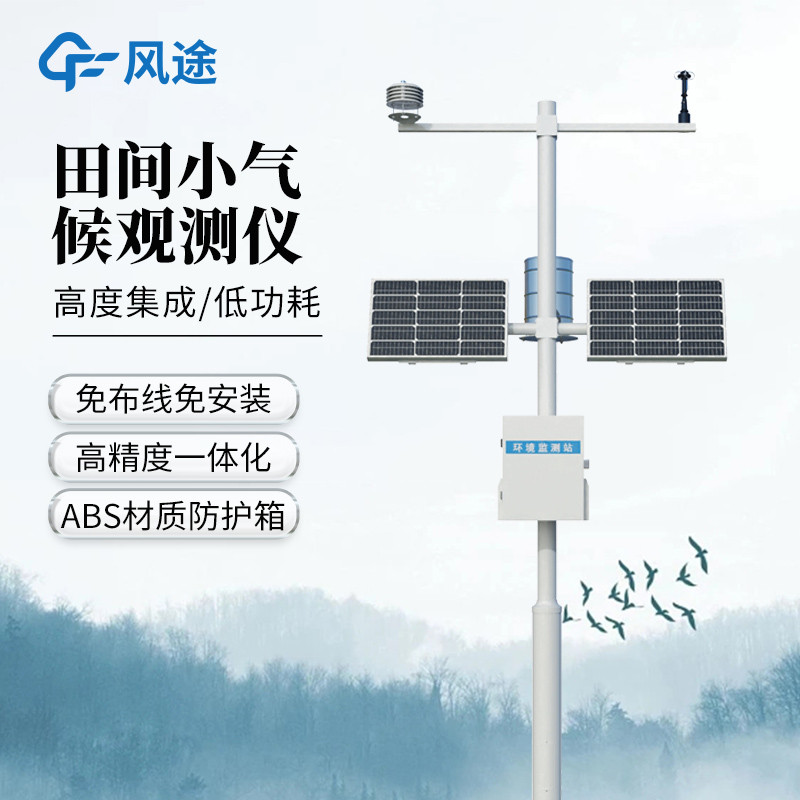In the agricultural sector, meteorological disasters often pose serious obstacles to crop growth. Freeze damage is one of the common disasters. When the temperature drops sharply, the water in crop tissues freezes, damaging cell structures. In northern regions, late spring cold snaps in spring and early frosts in autumn often cause seedling death in winter wheat, while flower buds and fruits of fruit trees are also prone to frost damage, affecting yield and quality. Drought reduces soil moisture, failing to meet the growth needs of crops, causing them to grow slowly or even wither and die. In some arid regions with scarce precipitation, crops suffer from long-term water shortages, significantly impacting grain yields. Flood disasters occur due to excessive and concentrated rainfall combined with poor drainage, submerging farmland, depriving crop roots of oxygen, hindering growth, and even causing lodging and death. Meanwhile, floods easily trigger pest and disease outbreaks. Dry hot winds occur under conditions of high temperature, low humidity, and strong winds, accelerating water evaporation in crops. This moisture imbalance leads to shrivelled grains during the filling stage. For example, wheat experiences slower grain filling and increased empty grains under dry hot wind conditions, resulting in a substantial reduction in yield.
The occurrence of these meteorological disasters highlights the importance of meteorological monitoring, making Farmland Weather Stations widely used. A Farmland Weather Station consists of sensors, a data collector, a communication module, a power supply system, and protective devices. Sensors continuously monitor meteorological parameters in the environment, such as temperature, humidity, light intensity, wind speed, wind direction, and rainfall, converting them into electrical or digital signals. After the data collector processes and transforms these signals, the communication module transmits the data to remote servers or terminal devices. Users can view and analyze the meteorological data through mobile apps, computer software, and other tools. The system enables 24-hour uninterrupted monitoring, providing timely and accurate farmland meteorological information to support real-time data-driven agricultural production. With reliable and accurate data, it helps farmers gain precise insights into field weather conditions, take preventive measures in advance, and reduce the impact of meteorological disasters on crops. Additionally, it is easy to install and use, allowing flexible configuration and adjustment according to different agricultural production needs and field environments.

Article address:https://www.sqqx.net/en/news/648.html

 +86 15898932201
+86 15898932201



